
How Do I Meditate? The 7 Types Of Meditation And How Each Can Transform Your Life
Meditation is akin to working out: you don't just do it once and expect to see results. Rather, you incorporate it into your everyday life and see sustained results with time.
So much about meditation is misunderstood. Most people think that meditating means being able to sit quietly and effortlessly clear your mind to transition into a more blissful state. They are surprised when they try to do it and find their nagging thoughts only become more intense, and because they don’t know proper technique, they assume this means they “can’t meditate.”
Here’s an important truth: the people who think they can’t meditate, and the ones who are most resistant to trying, are almost always the ones who need it the most.
Meditating is the practice of becoming an observer of your thoughts and feelings. It is not resisting them, releasing them, or even “getting rid” of them. It is simply allowing them, and realizing that you can be completely unaffected by them if you train yourself to be.
The key term there is practice. Meditation is akin to working out: you don’t just do it once and expect to see results. Rather, you incorporate it into your everyday life and see sustained results with time. There is no need to meditate for an hour and a half if you can’t, or don’t want to. Start with 30 seconds, and then build up to a minute or two. You can do it before bed, on the train to work, or when you’re waiting in line at the grocery store.
1. Transcendental Meditation
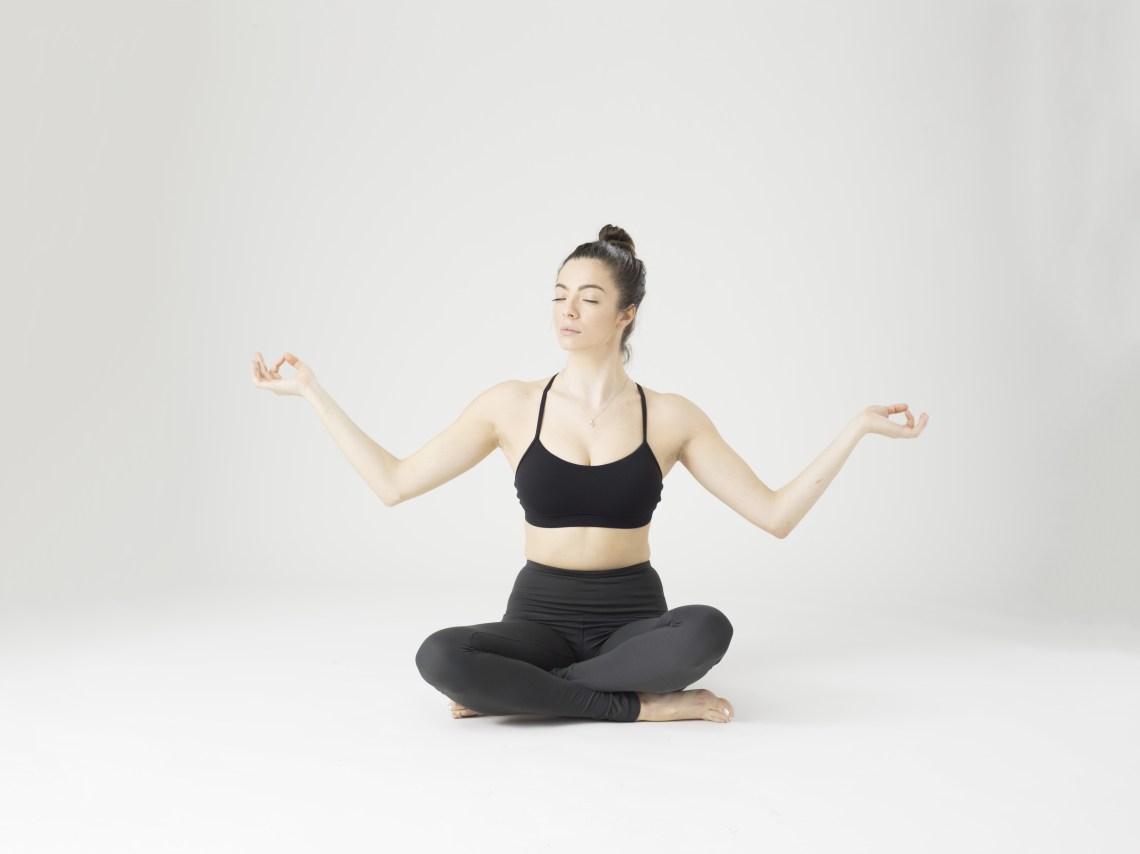
Summary: Transcendental meditation is the most common type of meditation, and likely what you think of when you hear people refer to meditation. It is sitting with your tailbone raised on a pillow or blanket, legs crossed, and hands on either knee, typically for 20 minutes twice a day, and practicing allowing thoughts and feelings.
Purpose: It is said that this is the true path to enlightenment. The positioning is important for this type of meditation because of the way your energy meridians run. The point of sitting in lotus is redirecting the energy that’s coming out of your hands and feet back into your body to be used.
2. Heart Rhythm Meditation
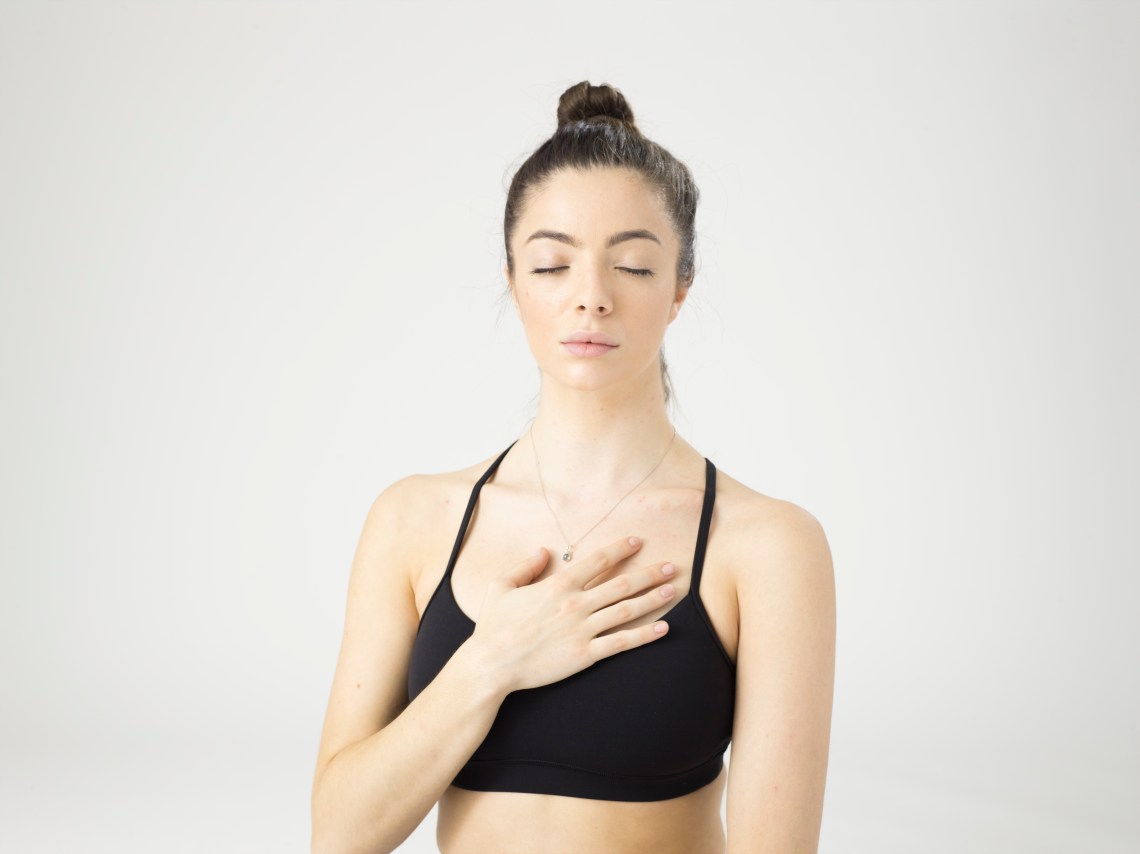
Summary: This form of meditation relies on the body’s natural processes – the heartbeat, or the breath – to regulate energy. In this meditation, you focus either on taking long breaths at consistent intervals, or on just allowing your breath and noticing it. You can also take note of your heartbeat, hence the name.
Purpose: Heart rhythm meditation is most likely what you would practice in a yoga class, or what you’d work on if you were just starting out. The heartbeat is often easier to focus on because it is more consistent, and doesn’t control the body’s energy flow and sustained level of relaxation as much as the breath does.
3. Kundalini Meditation
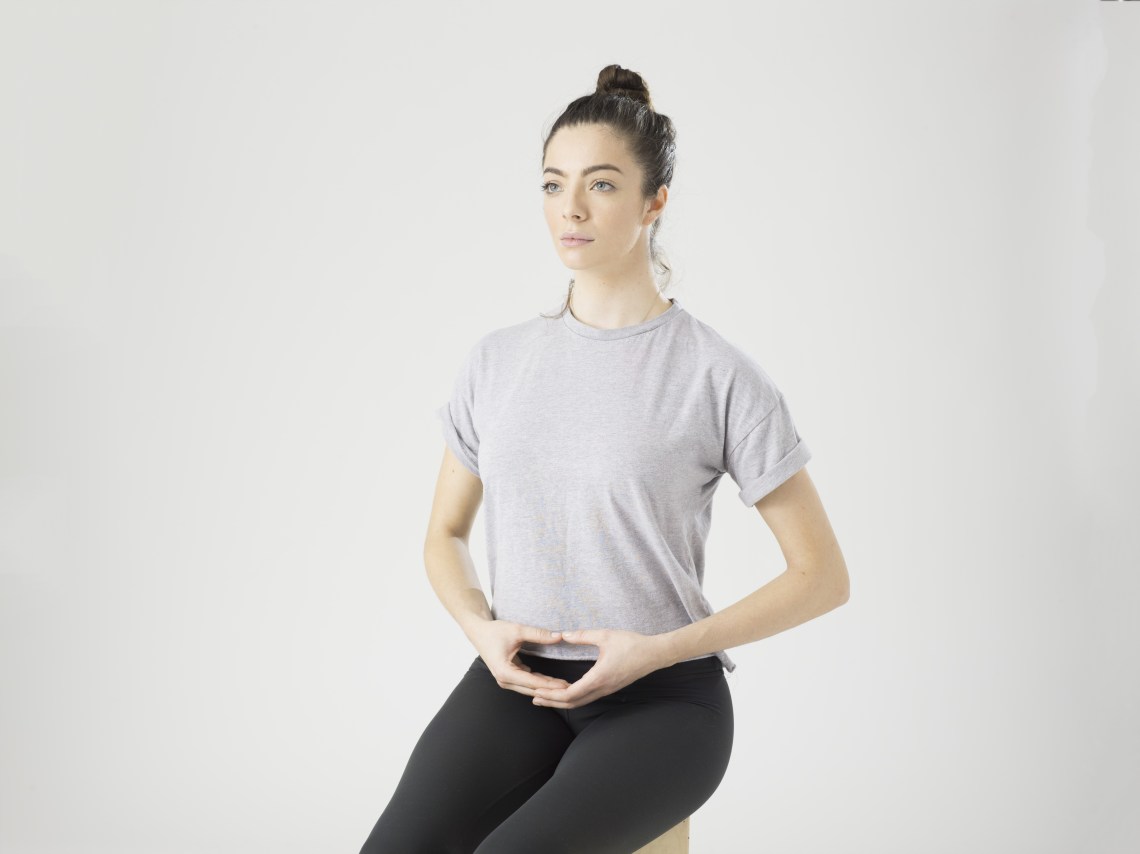
Summary: This type of meditation relies on pranayama breathing, as well as the practice of asana (poses) and the chanting of mantras.
Purpose: The practice of kundalini meditation is awakening and utilizing kundalini energy, or life force energy. This is a more intense and involved form of meditation, aimed at getting energy activated throughout the body, and purging blocks that are preventing it from flowing effortlessly and with ease.
4. Guided Visualization

Summary: Guided visualization is another great option for meditation, and is readily available through apps, videos or anywhere online. A guided visualization will walk you through the steps of meditation (sit or lay in a room where you will be uninterrupted, breathe consistently, and so on). It will then prompt you to use your imagination to work through certain situations within your own mind.
Purpose: It can be an extraordinary source of powerful healing. You might visualize cutting cords to your attachments or old relationships, or visiting a loved one who has passed. Whatever you choose, you can use your third eye to sort things out.
5. Qi Gong
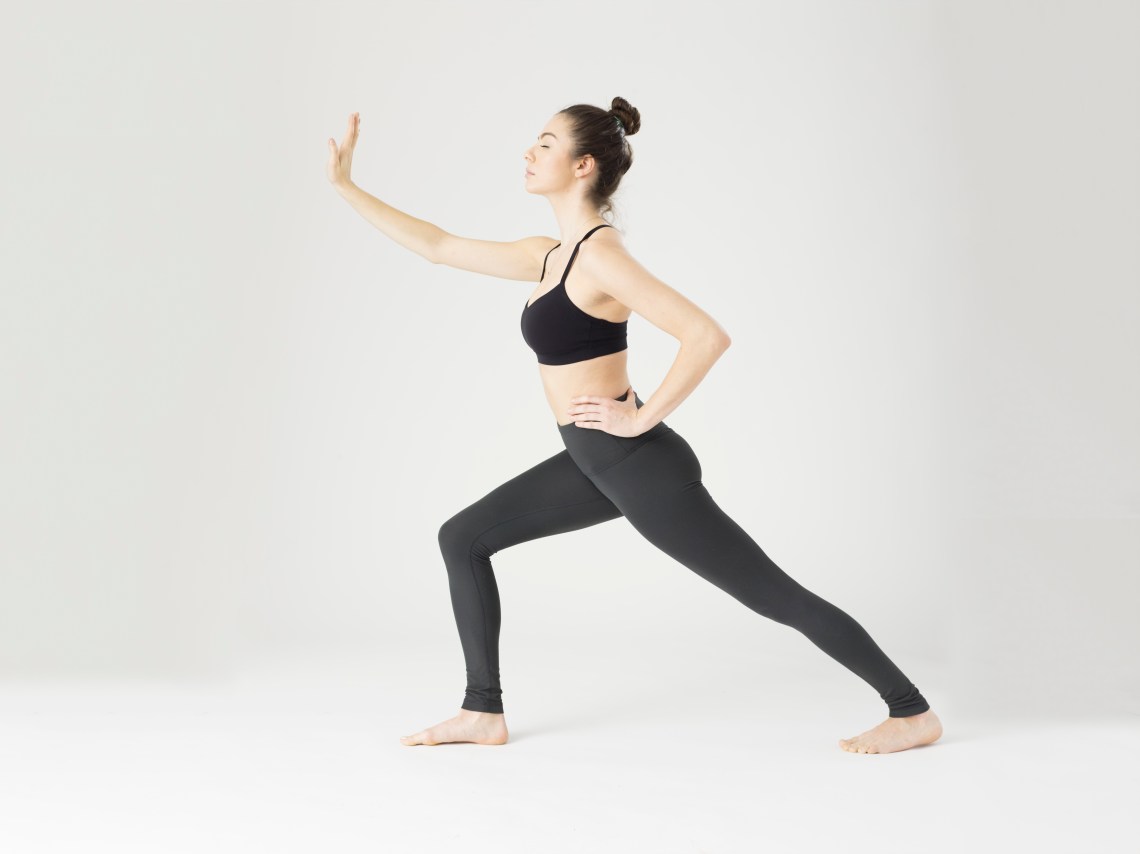
Summary: Qi Gong, which is very similar to Tai Chi, uses ancient poses and movements to improve health, fitness and the flow of Qi (Chi) or life force energy. It is an ancient Chinese practice that combines flowing movements, breath and forms of meditation.
Purpose: Qi Gong opens energy meridians through repeated flowing movements, and focuses on cultivating self-discipline and balance within the body. It promotes circulation, connectivity, and overall wellness. Thousands of studies have shown that the practice can assist people in healing all types of physical maladies, from high blood pressure to chronic illness or even emotional frustration.
6. Zazen
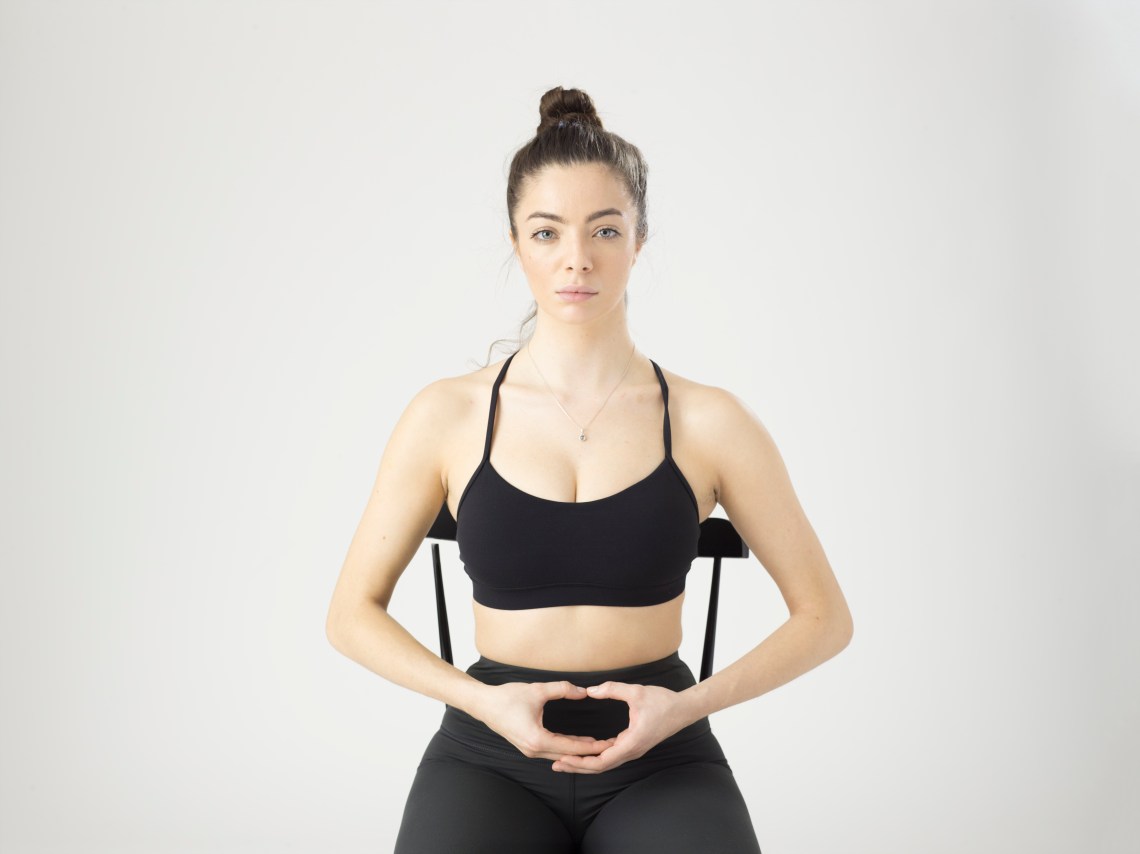
Summary: The term “zen” comes from Zazen, which is often what people use to refer to someone who seems completely at peace and full of wisdom. This is true, but there is also a difference between Zazen and transcendental meditation, though the two are often confused for one another. The process of achieving Zazen is not in being able to completely allow thoughts, but in searching for the deeper meaning within them.
Purpose: Where as transcendental meditation aims to clear the mind, Zazen aims to fill it with insight into the human condition. People who have achieved zen are at peace because they understand the needs and motivations of humanity, and often assist others in finding their own inner peace through deep compassion and understanding.
7. Mindfulness
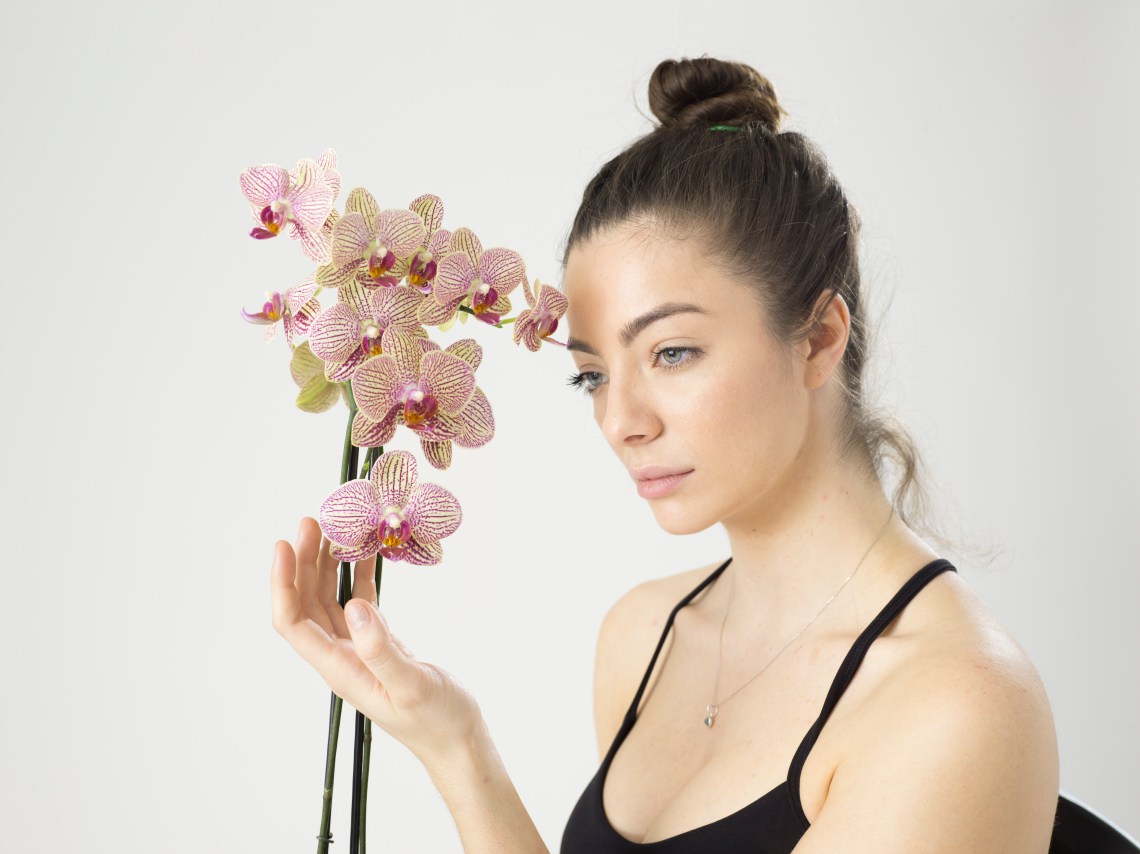
Summary: Mindfulness is the type of meditation that has gotten the most attention in recent years (particularly in the west) mostly because it is something that can be incorporated easily into everyday life. Mindfulness is just the process of taking note of what’s happening. It’s being self-aware of your emotions, thoughts, impulses, habits as well as those of other people and the world around you. Mindfulness allows you to simply notice the feeling without responding to it. More commonly, mindfulness also refers to simply noticing your surroundings. (This is a practice in grounding.)
Purpose: Mindfulness involves paying attention to your five physical senses, and taking note of what you’re hearing, feeling, smelling and experiencing. It is the practice of learning to be more and more present, and in the moment. Being present with your emotions and experiences helps you to process them in real time, rather than accumulating energy that ends up blocking flow, or acting as unsustainable debris. ![]()











